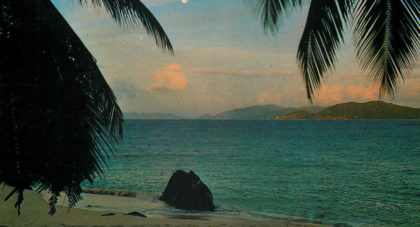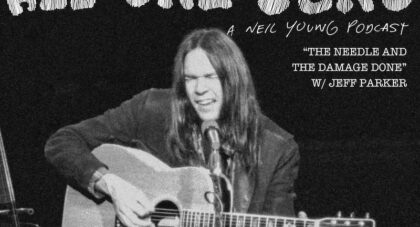Ryan Walsh brings us a look at Till The Stroke of Dawn: A Discography of New England Garage Bands from the 1960s. Compiled by Aram Heller of Stanton Park Records, this 64-page publication from 1993 took on the massive, laborious, pre-internet task of trying to paint a complete musical picture of a time and a place . . .
Only the good shit. Aquarium Drunkard is powered by its patrons. Keep the servers humming and help us continue doing it by pledging your support.
To continue reading, become a member or log in.


